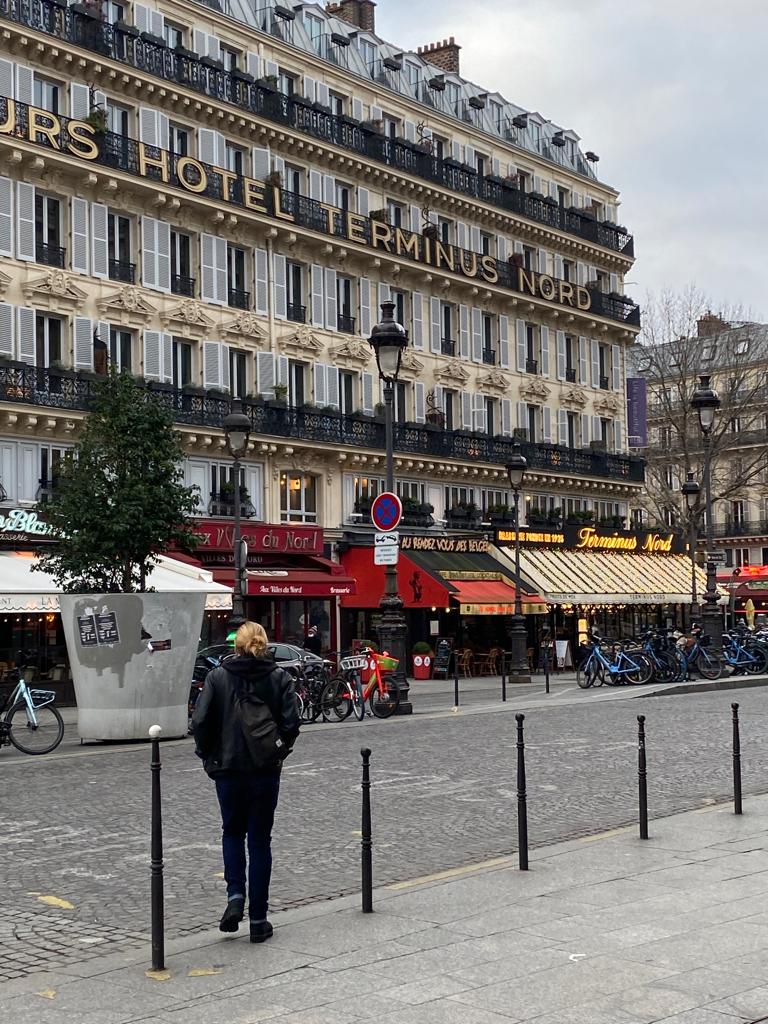Travellers arriving at the Gare du Nord train station will probably recognize the experience. As soon as you leave the gigantic arrival hall and witness the stately apartment blocks on the other side of the street, you realize and even feel it: I am in Paris.
Those monumental, six storey high buildings, consisting of big, grey stones with cast iron balconies and lay roofs, are so typical of Paris, that they almost singlehandedly define its identity. You will encounter them all over the city, in every arrondissement. They give the city a unity, not equalled in other cities (certainly no other world cities); they render Paris unique. This type of architecture was the invention of one man: Georges-Eugène Haussmann.
At the beginning of the rue Laborde (metro Saint-Augustin) there is a statue of Haussmann. The first thing that strikes you is the proud posture and the self-confident, almost arrogant face. He looks like a man who knows what he wants and how to get it. Like a man who will stop at nothing. In his one hand we see a protruding folder with (most probably) blueprints pressed against his side, in the other, casually hanging down, a high hat. Haussmann is dressed elegantly, but he wears a pair of sturdy shoes. Shoes you can wear on a building site. After a reasonably successful administrative career in the south of France, the 44-year old Haussmann is appointed Prefect of Paris (a kind of a Mayor but with more power) by the emperor. His task: the construction of a more beautiful, cleaner city with an improved traffic circulation. Contemporaries described him as a hard worker, extremely efficient, merciless and conceited – precisely the right man for a megalomaniac mission.
Napoleon III and Haussman were behind one of the biggest urban development projects in history, possibly even the biggest. In total they built 175 kilometres of new large streets and boulevards, but also squares, parks and covered markets. Haussmann, who described himself as a ‘demolition artist’, was responsible for the destruction of 20.000 buildings. Medieval houses, churches, aristocratic mansions, ancient monuments – nothing was safe for his sledgehammer. In less than twenty years Paris changed beyond recognition. Illustrious predecessors like Henri IV, Louis XIV and his own uncle Napoleon I had enriched the city with monuments. During the reign of Napoleon III, the city itself turned into a monument.
This is a fragment from the book “Stad van ideeën, een biografie van Parijs’, currently only available in Dutch.
Alec van der Horst






